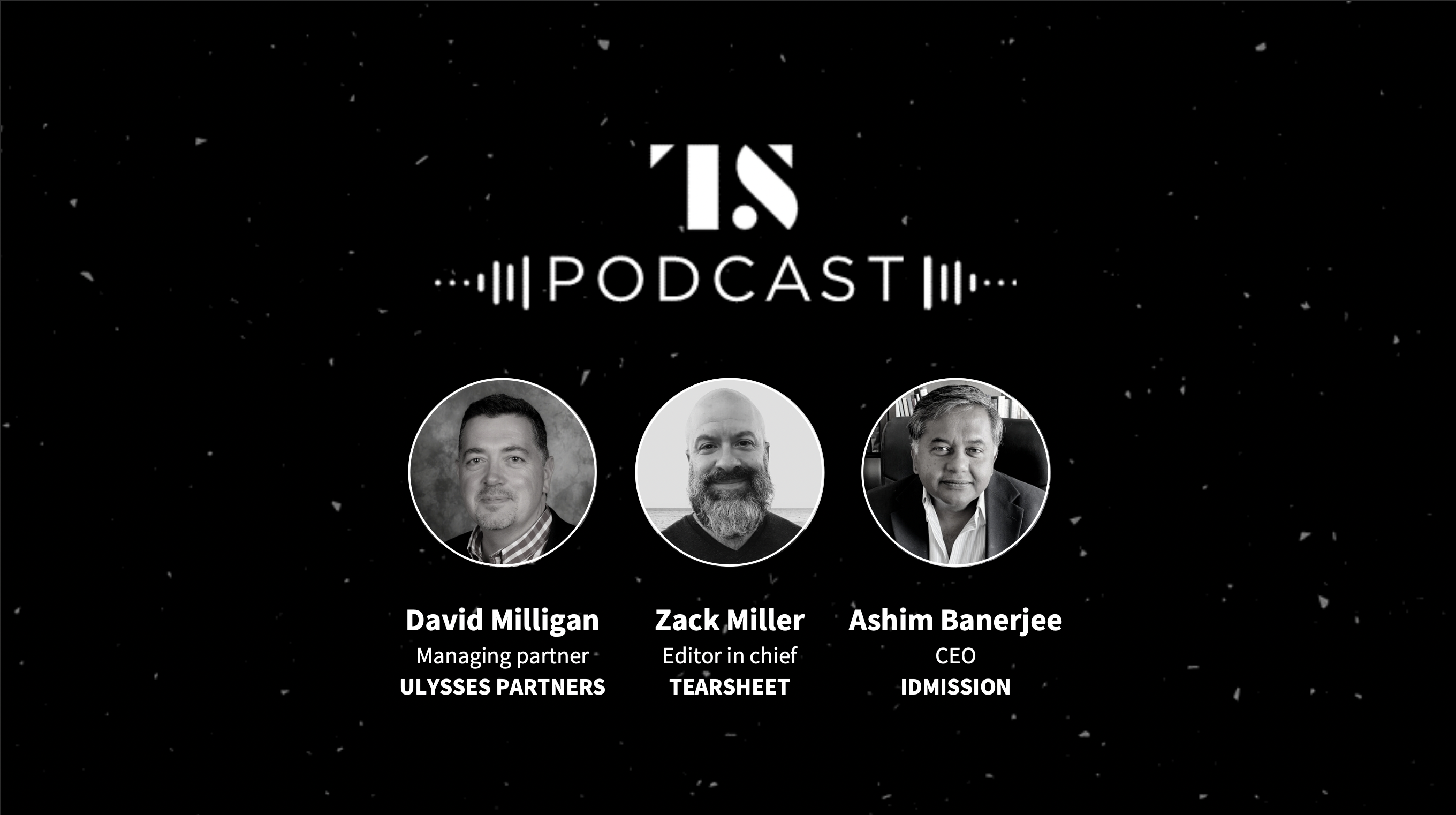Partner, Podcasts
The Identity Proofing Guide: How FIs can measure identity proofing success, and why we need biometrics
- In the second part of our series with Ulysses Partners, we were joined by David Milligan and Ashim Banerjee.
- Watch or listen to our fireside chat to learn about the state of identity proofing in financial services today, how FIs can measure their success in identity proofing, and why biometrics is so important.








